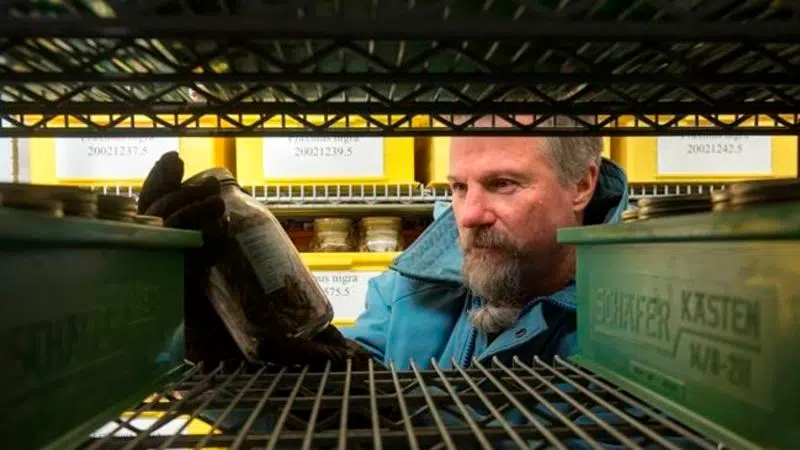
Canadians asked to find ash trees in a bid to preserve the species
HALIFAX — An invasive insect from Asia is expected to kill almost every ash tree in Canada, but Donnie McPhee has a plan to preserve the species.
Co-ordinator for the National Tree Seed Centre in Fredericton, McPhee is asking Canadians to help him find mature stands where seeds can be gathered and later stored for future generations in the centre’s deep-freeze vaults.
“We’re looking to protect the genetic diversity of the species,” McPhee said in an interview. “We’re looking for natural stands of trees that are in seed …. We want Canadians to be our eyes — to let us know they’re out there.”
And the time is right to start the search because the white ash and black ash — two of the most common species — are expected to produce a bumper crop of seeds this fall. The centre’s website provides details on what to look for, but seed collecting should be left to experts.
